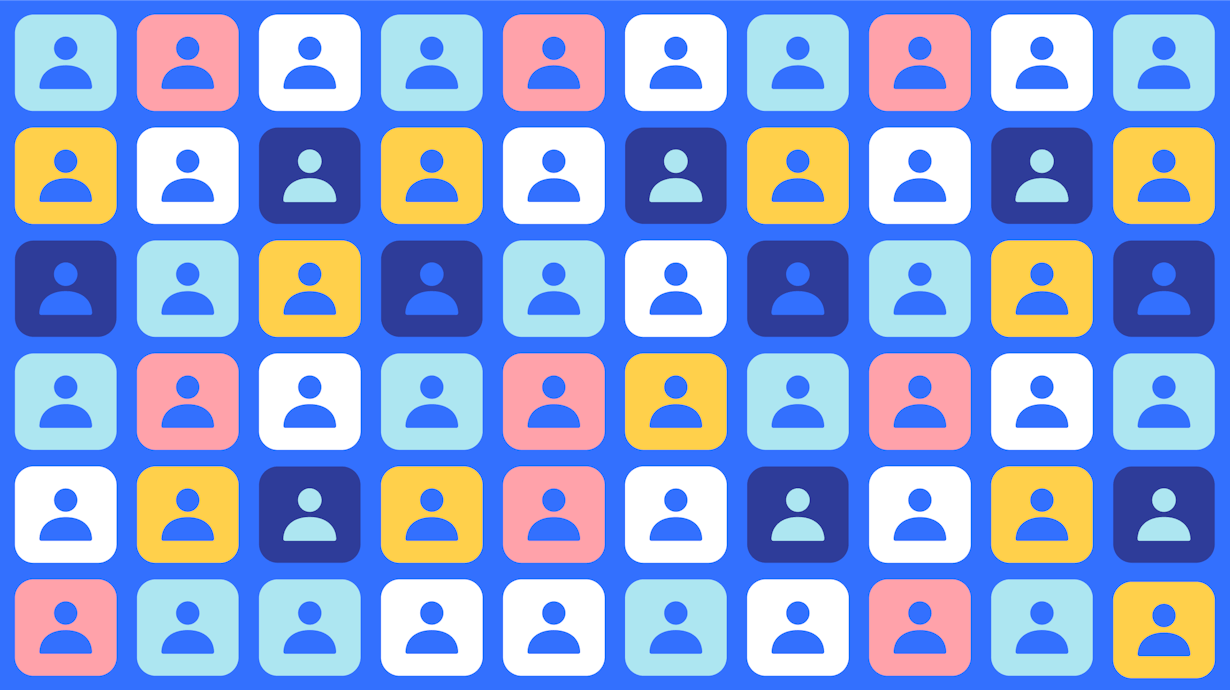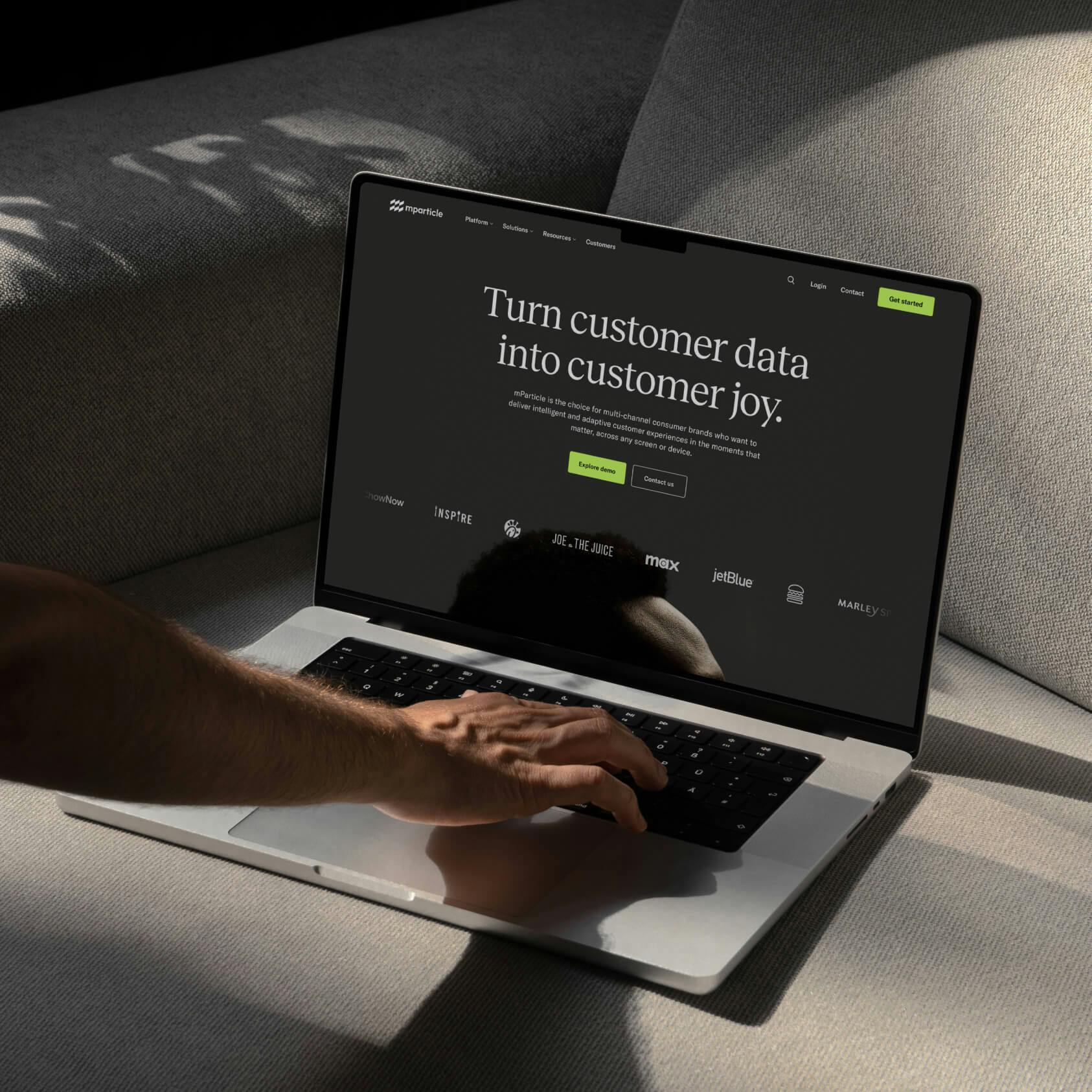Ideal customer profiles are no longer enough
It's time to build a personalization program that treats your customers as humans, not as buying personas. Learn why ideal customer profiles are no longer enough for personalization, and how you can progress to delivering real-time, relevant customer experiences.

Understanding your audience is one of the most important steps to designing successful customer experiences. If you don’t know what your customers want and need, it’s impossible to consistently deliver an experience that will provide them with value.
For decades, marketing teams have aligned messages to their audience by anchoring on ideal customer profiles (ICPs). Ideal customer profiles group cohorts of consumers together based on common traits such as gender, geo-location, earning status, etc. Once these personas are established, marketing teams can invest in campaigns personalized for each group. This plan worked fine when consumers accepted experiences that were relevant to them most of the time.
Thanks to advances in cloud infrastructure, it’s now easier than ever to build an app, set up a store online, or advertise a product. These lower barriers to entry have led to increased competition, providing consumers with more options. Studies are showing that in this new market landscape, high-quality and relevant customer experience can be the deciding factor for consumers. McKinsey recently reported that 71% of consumers expect companies to deliver personalized interactions, and 67% get frustrated when this doesn’t happen. They note that “Players who are leaders in personalization achieve outcomes by tailoring offerings and outreach to the right individual at the right moment with the right experiences.”
It’s no longer sustainable, therefore, to deliver an experience that is relevant most of the time. The ability to deliver experiences that are highly relevant to each individual is the best way to gain a competitive advantage today.
Why are ideal customer profiles no longer enough?
One of the reasons delivering a highly relevant customer experience is difficult is because it cannot be done using the traditional, ICP-based marketing framework.
While it’s tempting to think that one can segment the customer base into 15-20 cohorts and call it a day, the reality is that doing so fails to account for all of the individualities that make each customer unique. Great customer experiences need to not just accommodate these individualities, but in fact need to be designed around them.
Let’s take an example. It’s common for retail brands to have a buying persona for “high fashion spenders.” In reality, however, individuals classified as “high fashion spenders” do not all have the same preferences. Chee Chew, mParticle CPO, explains from his experience at Amazon, “Indeed, there are people who spend a ton of money on clothes, and really high-end clothes. But there are also people that spend a bunch of money on clothes but are really frugal on socks and underwear. It has to come down to an individual.” Today’s winning customer experiences are tailored at the individual-level, not at the ICP-level. This requires an in-depth understanding of each customer's preferences and interests, as well as the ability to continuously adapt the experience as you learn more about your customers’ preferences over time.
To be sure, ideal customer profiles still have their merit in helping you design broad reach messaging, such as a billboard. But when it comes to 1:1 communications such as push notifications, in-app experiences, emails, or content recommendations, personalization needs to be based on individual-level data.
Here’s a short clip of Chee and mParticle CEO Michael Katz discussing the progression from broad messaging to individual-level personalization:
Watch the full conversation here.
How to power personalized customer experiences
The first step in making the progression from broad messaging to individual-level personalization is laying an infrastructure that allows you to track how individual customers are engaging with your product and services through both anonymous and known states, store that data on customer profiles, and activate those profiles to personalize the experience in a privacy-compliant manner.
There are several kinds of solutions you can use here, however not all of them provide the ideal infrastructure for real-time, personalized engagement.
Customer Data Platforms (CDP) collect customer data from across channels such as mobile apps, websites, and server-side storage. As that data is collected from across channels it is monitored for data quality and tied to unified customer profiles. These profiles can be accessed, segmented into audiences, and forwarded out to engagement, analytics, advertising, and customer support tools by non-technical stakeholders without engineering support.
Watch a quick overview of how Customer Data Platforms work here.
Start delivering personalized customer experiences
Once you have an infrastructure in place, there are a few use cases you can launch to begin individual-level personalization.
- In-app messaging: Delivering users relevant offers while they’re in your app is a great way to increase engagement. That said, messaging a user with an offer they’re not interested in can be distracting and annoying. By basing your in-app messaging on the engagement history and product preferences of each individual user, you can deliver offers that provide customers with value.
Power personalized in-app messaging with mParticle and Braze - Customer support: Great customer support is key to retaining customers, and, just like acquisition, successful support is driven by data. Acquiring a new customer might require 5x the marketing spend of retaining an existing one, and your most loyal customers can spend 3x as much as your average customer. By making rich customer profiles easily available to your support team in real time, your support agents will have a better understanding of who they’re assisting, get the details behind every support issue, and get proactive to prevent churn.
Connect customer data to your support tools using mParticle - Email: With over 50% of consumers preferring to be contacted by brands through email than any other means, the inbox is a critical channel for connecting with your customers. But with the average consumer only opening about 61% of the emails they receive in their personal inbox, delivering generic email messaging is a one way ticket to the junk tab. By leveraging individual level customer data to personalize subject lines, email copy, and even email imagery, you can deliver email offers that are more valuable to each customer.
Power personalized follow-up emails with mParticle and Iterable



